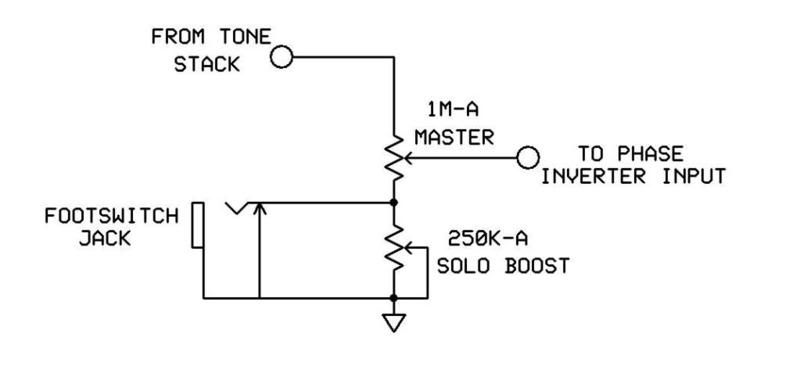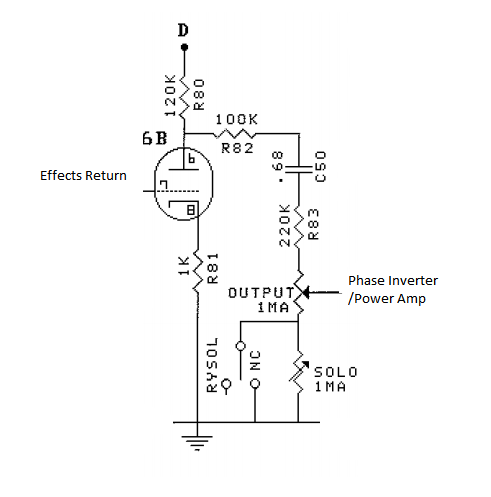Nicklotsaguitars
Well-known member
- Joined
- Dec 22, 2015
- Messages
- 284
- Reaction score
- 0
dlpasco said:I'm actually very thrilled with 6L6s. Which is also amazing and a complete turn around from my previous Mark V experiences.
It feels like, some how, I stumbled on something that showcases this amp as it was actually intended, and it's a complete badass.
I'm just not a fan of kinkless tetrode valves. I've kept my 6L6's because you're right. There is something magical about them. The mid scoop of the 6L6's overcomes some of the aggressive mids of the amp. I don't like them, but I don't like them enough to be without them. If you know what I mean.
I was the same with my 2203KK. I had to get rid of the KT88's. I wouldn't mind trying them in the MarkV. As the amp has tone controls that work.
I wonder why you're noticing such a stark difference between this amp and your old one? From watching the Mesa vid where they show all the old prototype chassis'. Randal Smith says that they use circuit boards so their amps can be uniform.
Do you think you had a dud before or that they've revised the circuit?
My amp was made in August 2014. I came to that amp from being a strictly plug in and play guitarist. Les Paul junior or Mosrite straight into a 2203. The Mark V is the polar opposite of that. It matters where you put the dials. Yet I've taken to it like a duck to water. All the complaints about the amp seem to be from years ago.
I'd be interested to see if my circuitboard has a revision number on it.







